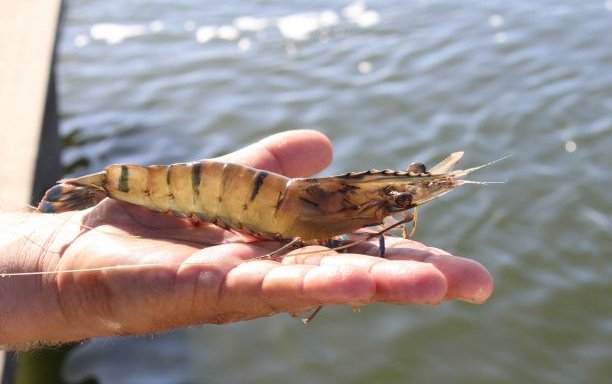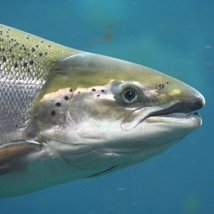James Cook University (JCU) researchers have been part of the first-ever successful effort to map the genome of Australian black tiger prawn, which may lead to bigger and more disease-resistant farmed stock in the future.
JCU Professor of Aquaculture, Dean Jerry, said the research came out of the ARC Industrial Transformation Research Hub for Advanced Breeding, a collaboration between JCU, the Australian Genome Research Facility (AGRF), the University of Sydney, CSIRO and Seafarms Group. The partnership aimed to improve the productivity and efficiency of farming prawns through the use of genetic selection.
“The idea was to improve the capability of Australian prawn farmers to apply selective breeding practices to produce larger and healthier farmed prawns. As part of this project, we set out to sequence the genome of the black tiger prawn. The information in the genome is important for us to know, as it essentially contains the blueprint that determines the makeup and behavior of the prawn,” said Jerry. He said one benefit of having this genome is that it can significantly help with the selective breeding efforts of prawns.
AGRF bioinformatics manager, Kenneth Chan, said the genetic mapping process to reconstruct the genome of the black tiger prawn was diabolically tricky. “Imagine the task of putting together a 1.9 billion piece double-sided puzzle with no borders, long repeated overlapping sections, millions of missing pieces, multiple pieces that can fit in the same place, no picture on the box to follow, and possibly lots of pieces from another unrelated puzzle,” said Chan.
The scientists also found something very unusual in the way the tiger prawn fought viral infections. Nick Wade, senior research scientist with CSIRO, explained that the viral elements in the genome that help fight viral infections (known as the Endogenous Viral Element or EVE) are truly unique in the Australian tiger prawn. ”No EVE found in any other animal looks like this,” said Wade. “Discovery of this EVE allows for further research into understanding how prawns deal with infections by viruses and perhaps into new therapies that can be applied to make prawns more resistant to viral diseases.”
Jerry said the benefits of mapping the genome will come in a whole range of complementary areas. “It radically changes the landscape for prawn research, enabling a whole suite of other functional biological studies, including on how to target particular genes for improved selection outcomes, through to precision genome engineering,” Jerry concluded.
Photo caption: Black tiger prawn. Photo credit: Dean Jerry.













